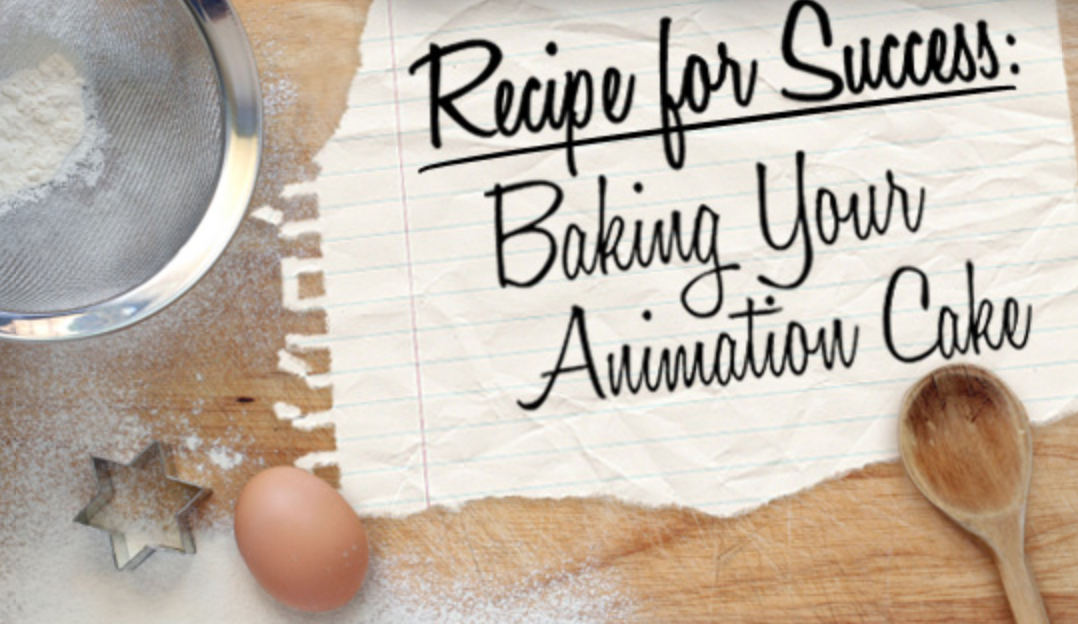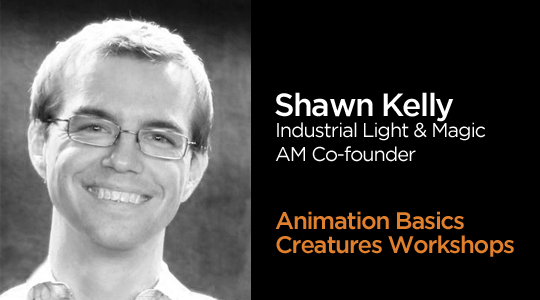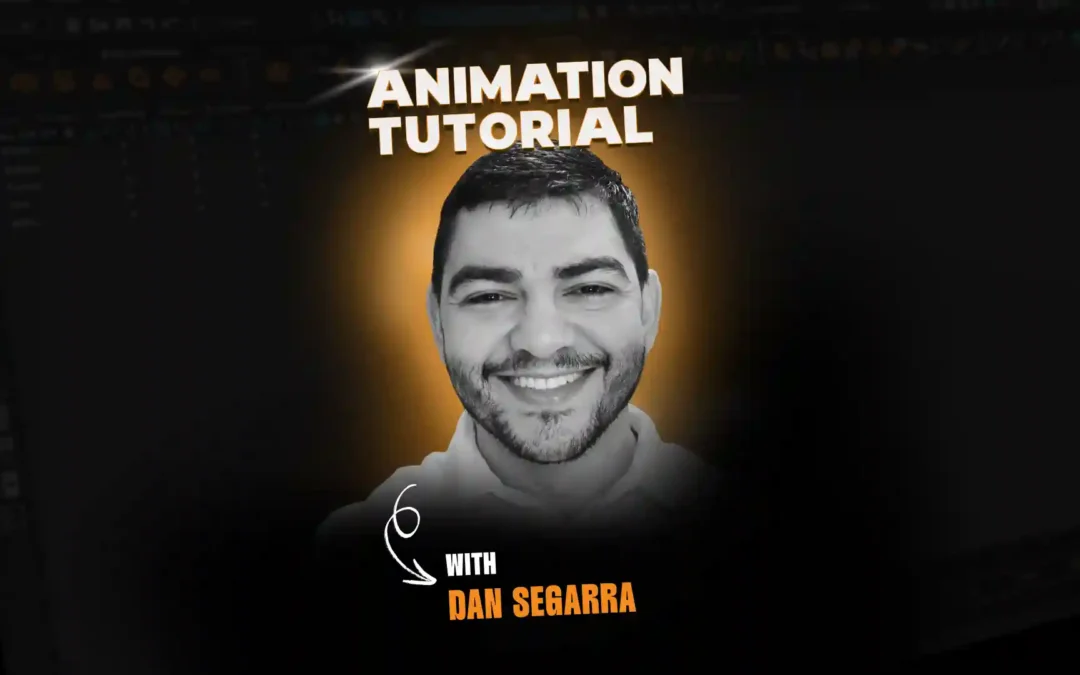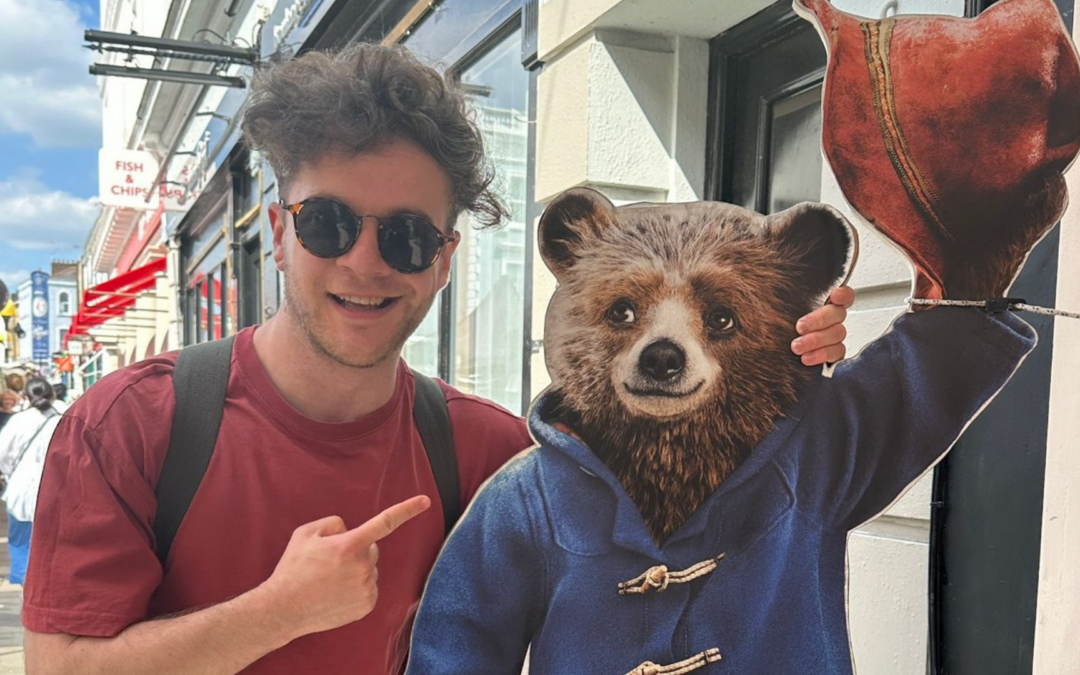
Let’s face it—we will never know everything there is to know about animation. Animation is EVERYTHING. It’s the entirety of human existence boiled down to its essences and stylized and recreated and molded and sculpted into something that audiences can connect with, laugh at, learn from, and cry with. So, is that overwhelming? Of course it is! But don’t panic. Just follow this recipe for success, and you’ll feel better in no time.
Something I’ve said in the past is that none of us, if we are being true students of this art we love, will ever know everything there is to know about animation. “Animation,” as an art form, incorporates nearly every conceivable aspect of our existence. We need to learn the basic principles, such as overlap, arcs, and anticipation. We need to learn advanced concepts that tie all of those principles together and build on them, such as force, balance, and successive breaking of joints. We need to learn about rhythm and flow of storytelling. We need to learn as much as we can about acting, about human emotion, about when an eye blink means something and how the timing of eye darts directly relates to the emotional state and thought process of a character.
Animation is not, and never will be, something you learn and then “know.” It’s something that, if you love it, you will study for the rest of your life.
And then, above and beyond all that, we’ll need to learn about the million other things that will inform the performance, acting choices, and physical movement styles of our characters. We may, at any given moment, need to have some passing knowledge of ballet, karate, boxing, baseball, or swimming. We may need to know how the flaps on an airplane work to generate lift and steer the plane. We may need to know how an eagle’s wing flaps differ from a seagull’s, or how a horse’s gait differs from a cheetah’s. We may need to know how it feels to lose a loved one or why winning the lottery ruins so many lives.
Animation is EVERYTHING. It’s the entirety of human existence boiled down to its essences and stylized and recreated and molded and sculpted into something that audiences can connect with, laugh at, learn from, and cry with.
So, is that overwhelming?
Of course it is! Animation is not, and never will be, something you learn and then “know.” It’s something that, if you love it, you will study for the rest of your life, constantly incorporating new discoveries, new acting observations, and new techniques. It’s something you will never run out of room to improve on or refine.
So sure, that’s a pretty overwhelming idea, but to me, that’s the single most exciting and fun aspect of this art. We’ll never know it all, so there will always be more to learn another layer we can dig into like the animation explorers we all are.
We all start from scratch, and none of us know it all. Many of you feel just like the person who wrote in to me asking about the ability to see in-betweens. That’s hard at first!! It’s a weird thing to try to wrap your brain around, like the first time you saw a graph editor (ack!) or the first time you tried to understand how the placement of your hips could possibly affect the strength of a push or a pull.
The animation journey we are on is literally DEFINED by constantly coming up against that feeling of “Huh, really!?” and then seeking out the answer to our questions of “Why?” or “How does that work?!”
Eventually, you will be able to see the in-betweens as naturally as you are able to put all the ingredients of a sandwich together. You have all your favorite sandwich stuff right there in front of you—you’ve got the turkey, the salami, the lettuce, the olives, the peppers, whatever it is. Because you’ve eaten 1,000 sandwiches before, you know exactly what this sandwich is going to look like when it’s done, and you know exactly how it will taste. Right?
We all start from scratch, and none of us know it all.
Animation is the same way. Eventually, seeing the in-betweens will be the turkey in your sandwich, and you won’t have to work quite so hard to plan out every single thing ahead of time.
For now, though, you need to follow the recipe. Let’s jump to another analogy and consider something a bit more complex than a sandwich… If you were going to bake a cake, you’d need a lot of specific ingredients, mixed just so, and baked at specific temperatures for a certain amount of time. If you don’t follow the recipe, that cake’s going to turn out crazy! In case you don’t have your animation cookbook handy, here’s the recipe once again:
ANIMATION CAKE:
1 gallon of rough thumbnail ideas
2 quarts of video reference (created and/or found)
1 quart of thumbnails derived from the reference
Note to chef: Be sure to include timing notes! Exaggerate thumbnail timing and posing to personal preference
Mix contents thoroughly and pour into a pan
2 tablespoons of saving key poses based on your thumbnails
1 heaping cup of breakdown poses, again based on your thumbnail poses and timing notes
Season breakdowns with anticipation, weight shifts, eye animation, and rough arcs
Mix with original contents and stir until terrible computer-created in-betweens are completely dissolved
Add contents to baking pan, and place in oven until ready
If possible, allow animation to cool before decorating, to have a fresh eye
Once cooled, polish Animation Cake with Arcs Frosting, Overshoot Sprinkles, and top off with Secondary Animation Candles!
OK, so what have we learned today? I think we’ve mostly learned that I shouldn’t write blog posts at lunch time, but hopefully you no longer feel like you have to understand every aspect of this stuff right off the bat. Animation is a journey, and as long as you stay on the path, you can go as far as you want to with this art!
As for your question of whether I used to be bad at drawing in-between poses, the answer is no. I’m STILL bad at drawing in-between poses, but I do it anyway, and that’s what’s important. You don’t have to draw beautiful drawings— a stickman that shows the angle of the hips, the angle of the shoulders, the placement of the limbs and head direction is more than enough.
Animation is a journey, and as long as you stay on the path, you can go as far as you want to with this art!
What’s important is that you take the time to do your 2 quarts of reference and 1 quart of thumbnails based on that reference (which you are then stylizing, exaggerating the timing, pushing the poses, etc.), and know that you have enough carefully crafted breakdowns to properly describe the important movements in your scene, including the principles that go into creating those believable movements and body mechanics. Your in-betweens should describe anticipation, arcs, weight shifts, and all that fun stuff, but in your planning, they sure don’t have to be beautifully rendered drawings.
Best of luck with your next cakes, everyone!
Shawn 🙂

Want to learn animation from pros like Shawn?
Start your animation journey by learning with professional animators from a variety of studios and career paths! Get more information about Animation Mentor’s Character Animation Courses.



